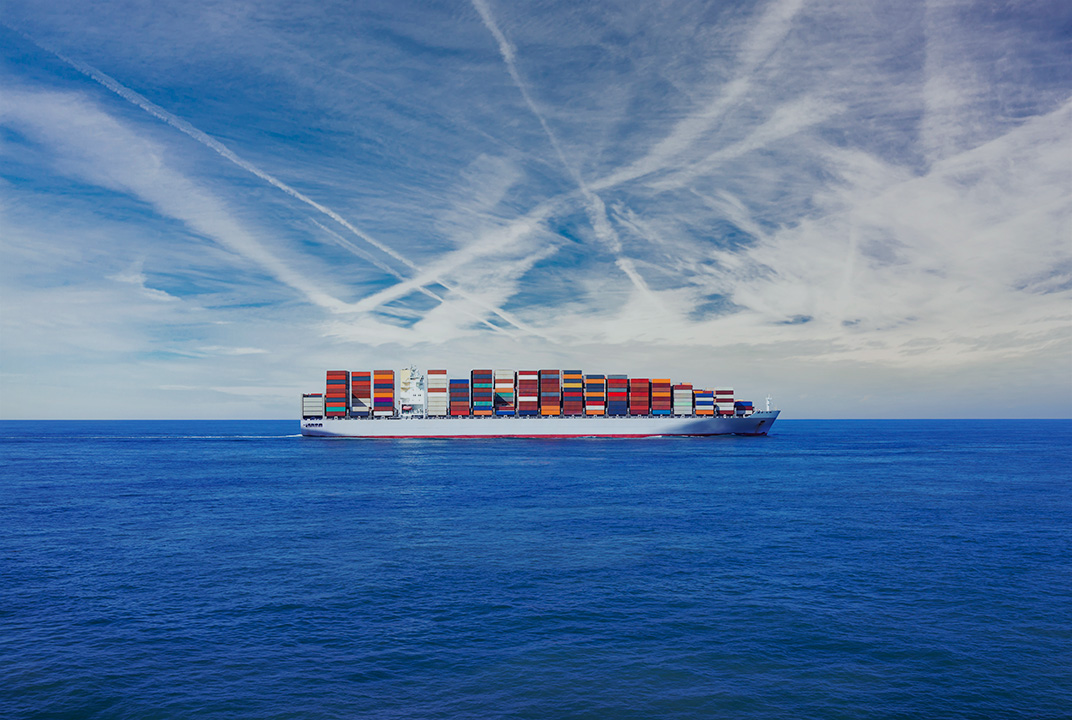Insight | The Network Effect
The Network Effect - STRATEGISING CONNECTIVITY AT SEA FOR MAXIMUM IMPACT
null
As ships, shipping companies and cargo owners are becoming increasingly connected, digital technologies are becoming an established feature of the present and a key element of the future of shipping.
Optimising and decarbonising ships to meet the demands of a changing world requires a range of technologies onboard to improve fleet utilisation, streamline commercial processes, reduce emissions, develop operational preparedness, enable ship-shore transparency, and improve crew retention. All of which demand significant investments of time and money from operators and a sustained focus on long-term goals.
To thrive in ever-changing market conditions, operators need to understand how the transition will play out in the coming years and put strategic emphasis on an effective and compatible connective framework.
In this report, we look at the current and future trend trajectories of maritime connectivity and demonstrate that by taking a strategic approach that is fit for present and evolving needs, shipping companies can better meet its current and future business goals.
Click on the link below to start your free download
What can a connectivity strategy enable?
- Control over connectivity requirements
- The ability to attract and retain talented crew
- Fleet benchmarking
- Opportunities to optimise and drive efficiency
- Control data and gain insights
- Reduce running costs and improve profit margins
- Future-proof operations and built-in competitive advantages
Terrestrial and satellite connectivity technologies have already helped shipping to advance its digital capabilities at sea. As technologies such as AI and big data analytics gather momentum, the demand for connectivity is exponentially growing.
Inmarsat’s recent study highlighted that data usage associated with shipboard business applications increased by 131% from June 2021 to June 2022, with crew-related data consumption growing by 149% in the same time frame.
“We generate a lot more data today than we did a few years ago, and we do a lot more with that data. Satellite communications were previously a peripheral element of our fleet operations but are now becoming a central component – in terms of both crew welfare and data collection and transfer.”
Key takeaways
- Why take a strategic approach to connectivity?
- What are the options? Understanding the present and future of maritime connectivity
- How connectivity generates value and new opportunities
- Best practice when building a connectivity strategy
Key contributors
- Capt. Pradeep Chawla, Managing Director QHSE and Training | Anglo- Eastern Ship Management Ltd.
- Benne Engelen, CIO | Anthony Veder
- Chris Sepp, Vice President of IT | Atlas Corp. (Seaspan)
- Florian Liebetrau, Director IT – Marine and Maritime Operations | Hapag-Lloyd
- Neil Giles, Chief Technology Officer | Petredec Pte. Ltd


